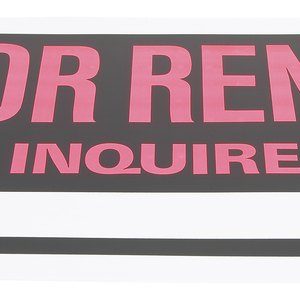
In California, landlords determine what you need to rent a house. While the requirements may vary, many tenants face a similar application procedure. You contact the landlord, tour the rental house and fill out an application. If selected as a tenant, you sign a rental lease or agreement and pay the security deposit and at least one month’s rent.
Rental House Tour
Many landlords require you to tour the house in person. This ensures that the house meets your needs and allows the landlord to meet you. If you can’t tour the house, send a family member or friend to inspect the unit. If a tour isn’t possible, request a series of pictures showing the house and yard in detail.
Complete Application
Fill out the rental application completely. Landlords customarily ask for your contact information. Often, you must provide social security, driver’s license, bank account and credit card numbers. Plan to provide your employment history and proof of employment or income. Most landlords require a list of previous landlords and the landlords’ contact information. Provide a list of references with accurate addresses and phone numbers.
Screening Fee
Some landlords require potential tenants to pay a screening fee. The fee often pays for a copy of your credit report and the labor for checking your references. Ask the landlord for a copy of the credit report, if you wish to review it.
Rental Agreement
If the landlord selects you as a tenant, the landlord usually requires your signature on a written rental agreement. The rental agreement contains the name, address and phone number of the landlord. It describes the rent amount, when it’s due and how to pay it. The rental agreement lists the security deposit amount and describes its use. It includes information about late fees, the number of people allowed to reside in the house, who pays the utilities and if pets are allowed.
Security Deposit and Rent
Most landlords require you to pay a security deposit before you move in. In California, the security deposit can’t exceed two months’ rent for an unfurnished house or three months rent for a furnished unit. The landlord returns the deposit at the end of the tenancy unless you owe rent or leave the house dirty or damaged. Almost all landlords expect you to pay at least one month’s rent before you get the keys to the house. Sometimes landlords ask the tenants to pay the last month’s rent as part of the security deposit.
References
Writer Bio
Kim Dieter has taught agriscience classes, developed curriculum and participated in the school accreditation process at the secondary and community college levels since 1980. She holds a Master of Science degree from the University of California, Davis, in animal science.

